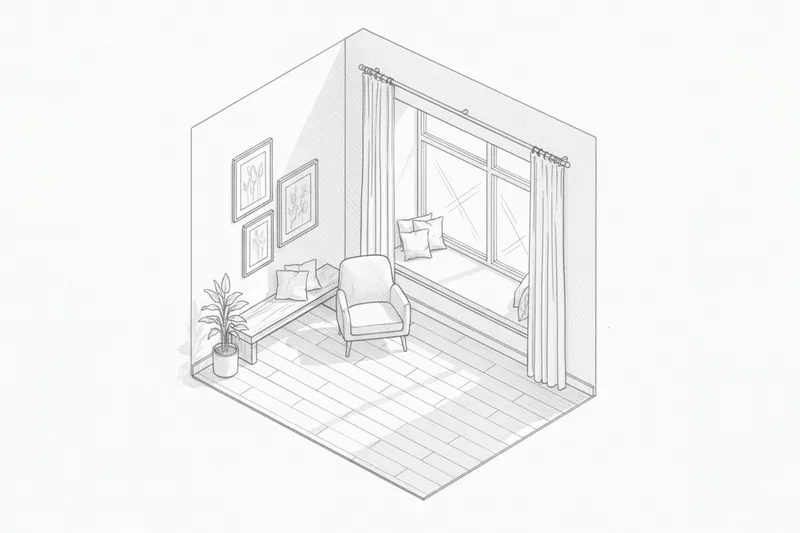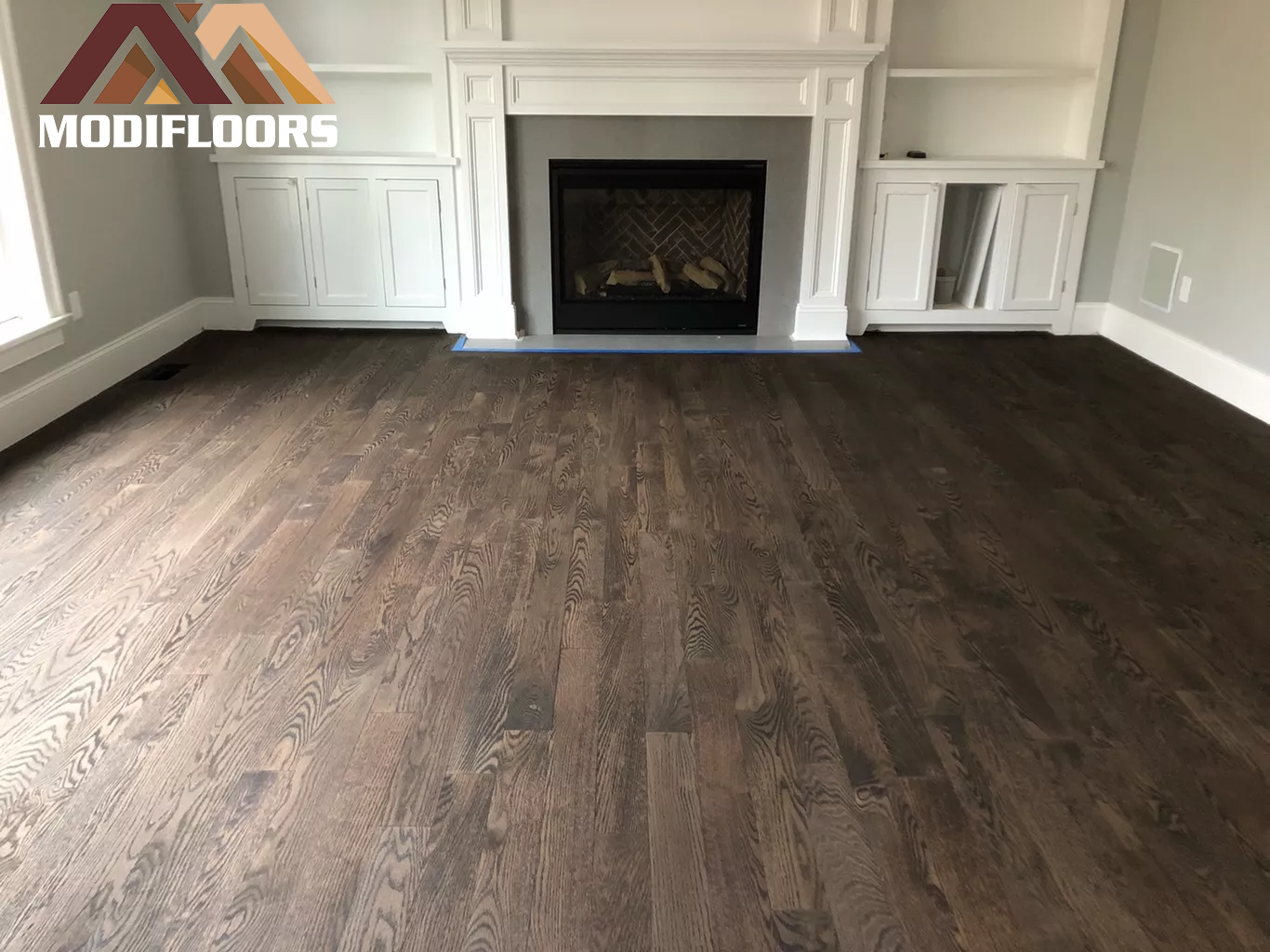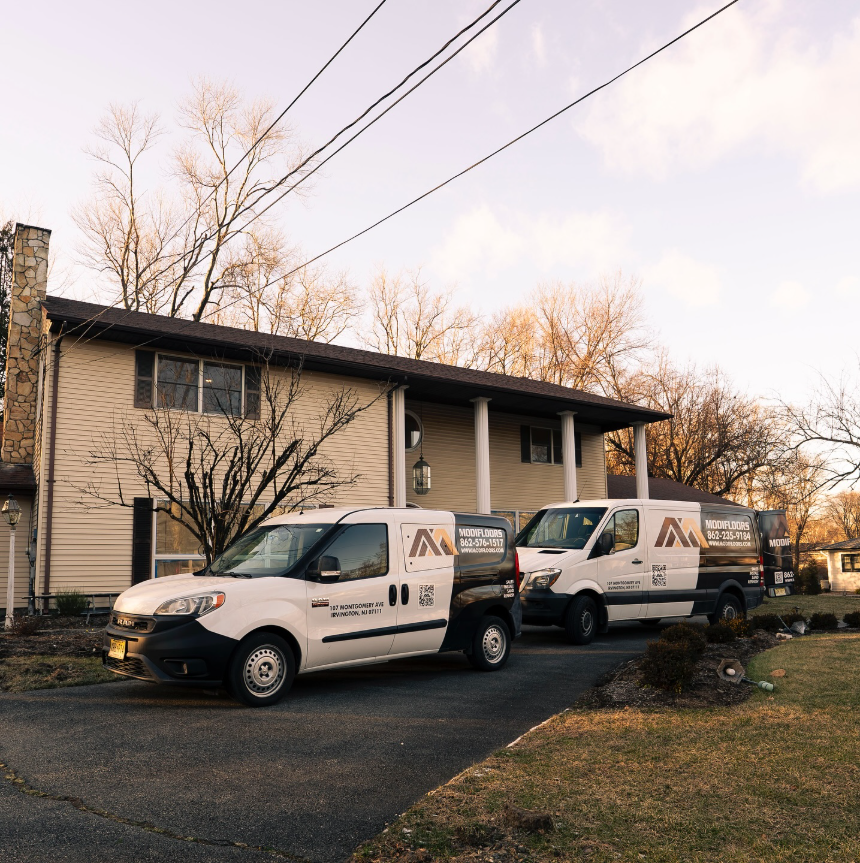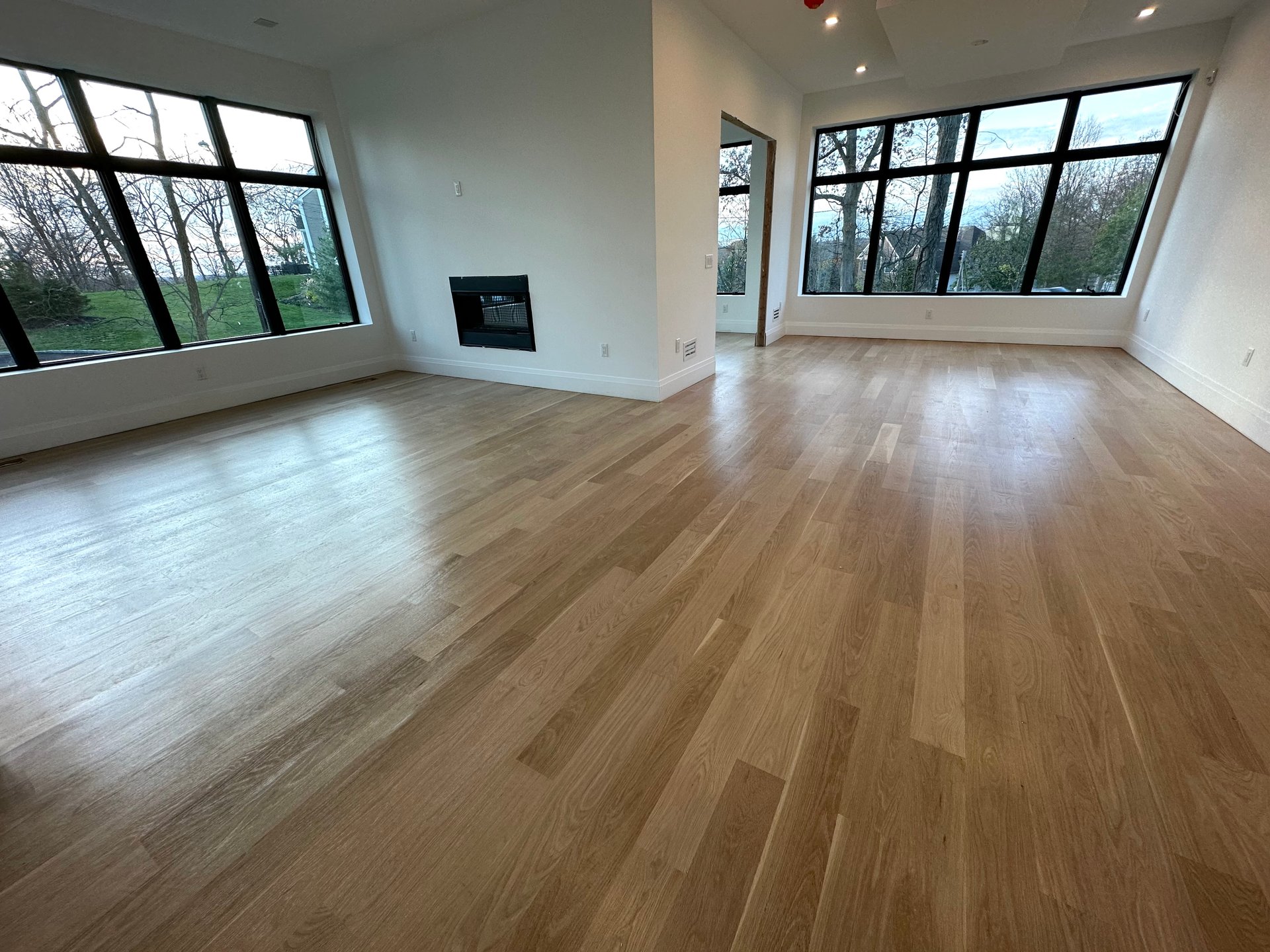No items found.
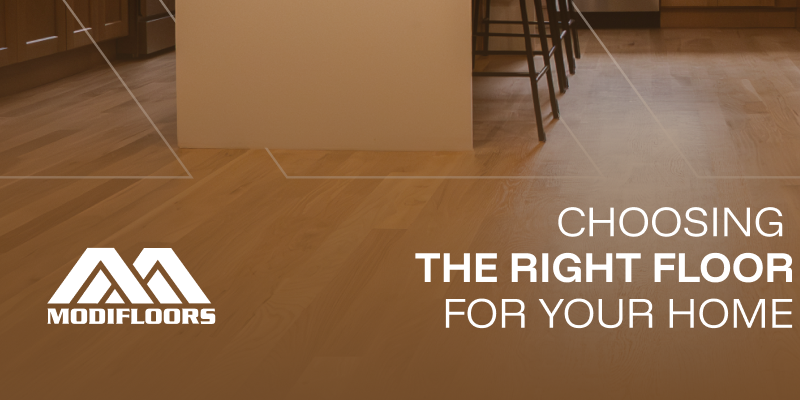
Ever walked into a flooring store, saw hundreds of options, colors, and textures, and thought, “Man, how am I supposed to pick one?” Don’t worry, it happens to everyone. Choosing the right floor isn’t just about looks. It’s about what will actually work for your daily life, your home’s climate, and how the space is used, so you don’t end up regretting it later.
Here are some points to think about before deciding, like I’m explaining it to you in person.
Use matters more than style
Think about where the floor will go. Is it the living room, kitchen, bathroom, basement, or a covered outdoor area? Each place has a different level of humidity, traffic, and sun exposure. A floor that works fine in the living room might not hold up in a bathroom with poor ventilation.
If it’s a spot that sees a lot of water or mess, like kitchens or laundry rooms, go for water-resistant materials like vinyl or SPC. Sources like 50Floor show that SPC is a solid choice for these areas.
How much maintenance are you willing to do?
Some floors need regular care. Solid hardwood, for example, requires special attention for finish, humidity, and cleaning. Others, like vinyl or SPC, are easy: sweep, mop lightly, avoid too much water and harsh cleaners.
If you want something low-maintenance, that rules out some options right away.
How it feels under your feet
Ever walked barefoot around the house? The floor makes a big difference. Cold tiles might feel fine at first, but in winter they can be uncomfortable. Wood or floors with a slightly cushioned base feel more comfortable and might be worth spending a little extra.
Visual style and harmony with your home
The floor should match your furniture, lighting, and wall colors. Picking the wrong color or a busy pattern can make the whole space look off. Sometimes, going with a neutral floor is smarter than chasing a trendy style you might regret in a few years.
Durability and long-term value
How long your floor will last is key. Some floors, like solid wood, can be sanded and refinished to look new even after years. Good quality SPC or vinyl can last a long time and hold up well.
Sources like People’s Signature Flooring and CA Floor Design talk about how wood or vinyl flooring can either add or take away value depending on the situation.
Real cost
Don’t just look at the material price. Think about:
- Installation
- Subfloor prep
- Extra costs like baseboards or door adjustments
- Initial cleaning
- Replacement of parts later if needed
A cheap floor can end up costing more if there are hidden expenses.
Ask yourself what might bother you later
Think about “what ifs”:
- What if it gets wet often?
- What if someone scratches it?
- What if I want to change the decor in a few years?
If you can picture these situations, it’s easier to pick something durable and versatile.
The right choice makes a difference
In the end, choosing well means less work, fewer headaches, and avoiding extra spending to replace or fix floors.


